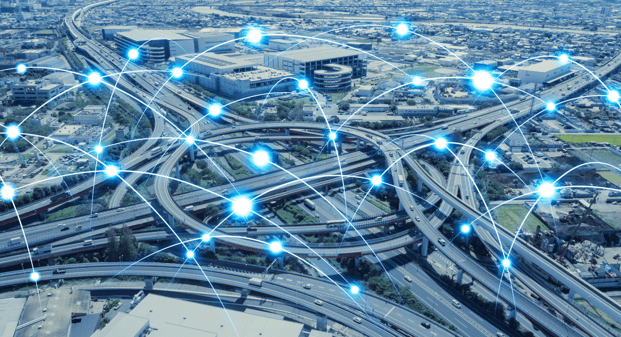Lately, it seems like predictive analytics, machine learning, and artificial intelligence are taking the supply chain industry by storm. From production planning to managing inventory levels to transportation management, technology has the potential to revolutionize supply chain networks around the world.
It can be intimidating if you don’t know what these concepts are let alone understand their complex differences. Fortunately, they’re already at work in business today in surprisingly familiar ways.
What You Need to Know
Here’s a quick and simplified explanation of each concept:
Predictive analytics are statistical methods used to convert data into predictions about the future. Useful in complex situations, predictive analysis involves applying structured mathematical models to historical data to find potentially meaningful relationships buried deep within that data. More than mere reporting, predictive analysis identifies patterns that can help managers envision what’s to come. You’ll see it commonly used in generating FICO credit scores, estimating changing home values, and targeting advertisements to prospective consumers online (Forbes).
Machine learning leverages complex algorithms (mathematical equations) to help machines think for themselves. Instead of instructing computers or machines on how to carry out a task, humans teach machines to imitate human thought processes and then give them access to ample data, which they use to generate better and faster solutions. They also learn from mistakes and improve over time. Examples of machine learning include facial recognition software, search engine placement, and customer service chatbots (Concepta).
Artificial intelligence, or AI, is the broadest and most sophisticated level of problem solving.
It comprises computers that make complex, dynamic, and contextual choices using human decision processes. Such “smart” processes include those used for trading stocks and automating driverless cars (Forbes). IBM’s Watson and Apple’s evolving Siri platform are noteworthy examples.
Supply Chain Applications
Predictive analytics, machine learning, and AI are becoming very sophisticated, but the general concepts are hardly new. The transportation industry has been leveraging tracking technology, telematics, and versions of electronic driver logs for many years. Now that the technology has evolved and users are becoming more skilled, the industry will see growing use of more practical applications, such as:
- Forecasting: planning for transportation needs, hiring, and costs based on future volumes
- Real-Time Decision Making: carrier selection, route selection, and inventory adjustments
- Optimizing Assets: growing or shrinking fleets predictively
- Mitigating Risks: scheduling preventative maintenance based on probable usage

